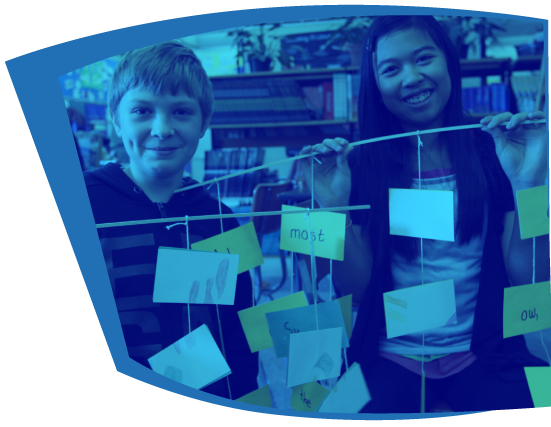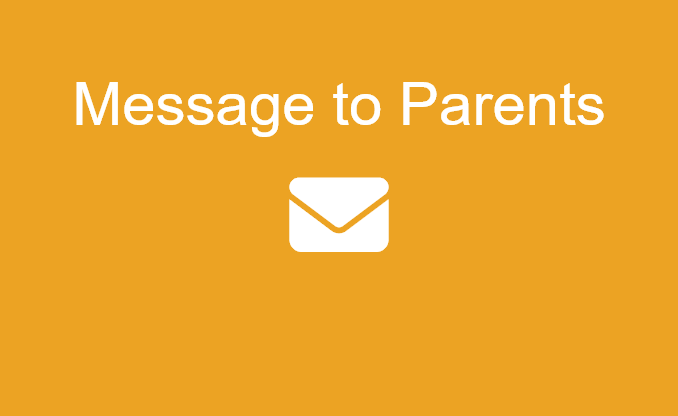Learning from Home
PLEASE NOTE THAT THIS SITE WILL NO LONGER BE UPDATED.
PLEASE VISIT LEARNING DURING A PANDEMIC.
These are exceptional times and while it’s important for children to keep learning, there is no expectation that the pace and rigour of a normal school day be duplicated at home. Teachers will continue to provide instruction and parent/caregiver involvement will depend on the age and ability of the child and the time that parents/caregivers are able to give. Every family will determine what works best for them in discussion with their children’s teachers. Make use of what you have available and don’t worry that your child is missing out if you don’t have the latest technology. Simple everyday items and activities offer great learning opportunities.
+ Technology information for parents
The District offers students a variety of technologies to support their learning experience including a VSB student user email account and access to online resources. Parents can find more information on those technologies and how to access them below:
Parent contact information
It is important that your child's school has accurate and current contact information for you on file. If you have had a change in address, email, phone information or emergency contacts you should contact your school to provide updated details.
Similarly, if there have been any changes regarding key information for your child such as custodial arrangements, pick-up arrangements or medical conditions please contact your school to update that information as well.
Technology that can used by students
Each student has been provided with a student email user account and access to student focused Microsoft Office 365 functionality. These student services are accessible by desktop, laptop or tablets equipped with data network access to the internet.
Microsoft Office 365 functionality
Each student has been granted a license to use Microsoft Office 365 functionality such as the office products like Outlook (email), Word, Excel and PowerPoint for their educational use. This also includes access to OneNote (a Notebook), OneDrive (storage area) and Teams (particularly Teams Classroom for secondary students).
These services are available online meaning the students do not have to purchase or install a desktop version of those applications. For additional information please visit our VSB student office 365 resource site at: https://office365.vsb.bc.ca/for-students/
Accessing Microsoft Office 365
Students can login to www.office.com to access their Office 365 services including their email. They will require their VSB Student email & password to login to their account. If the student has forgotten these credentials, please see the Student Email User Account Password Reset section below for instructions on how to get that information.
Accessing the internet
Students will require access to the internet to be able to login to Microsoft Office 365 and other online resources. There are several local internet service providers such as Telus and Shaw that offer those services. The federal government also offers an access program called Connecting Families for families that cannot afford internet access. You can find more details at: https://www.ic.gc.ca/eic/site/111.nsf/eng/home
Student Email User Account Password reset
If your child has forgotten their VSB user password they can have their password reset by visiting the Student Password Reset Self-Service website at https://studentpass.vsb.bc.ca/. They will need to provide their PEN (Personal Education Number, typically found on their report card) and date of birth to verify their identity. Once they enter the information, they can choose to enter their own new password or have the system generate a new one for them. Passwords must meet certain criteria, click on the
 to find out more. If they have any difficulty logging in they can email studentpasswords@vsb.bc.ca for assistance.
to find out more. If they have any difficulty logging in they can email studentpasswords@vsb.bc.ca for assistance.+ Routine
Disruptions in routines can be stressful. A regular schedule helps maintain a sense of normalcy and stability. As a family, it's good to set up a weekday schedule including:
- regular bedtime, wake-up and meal times
- getting dressed and ready for school (even though they’re at home)
- time for learning
- time for breaks
- daily physical activity
- daily communication with friends and family
+ Space to work
Setting up home learning space to work can help children focus. If possible, the space should include:
- a quiet atmosphere
- good lighting
- a desk or table at a comfortable height for your child
- a storage basket or bin to keep supplies (paper, pens, pencils, markers, books, etc.)
- access to a computer/tablet or other smart device if possible
+ Helping your child
How much involvement you have will depend on your child’s age and needs. Following are suggestions designed for specific age and grade levels. General suggestions for children of all ages include:
- Let your child see you’re interested in what they’re doing, and be positive and cheerful in your approach.
- Encourage positive communication with the child (to give and accept instructions).
- Encourage the development of good work habits and help your child take pride in work well done.
- Be patient with your child and yourself. This is a new experience for everyone and will take some time to adjust to. The most important thing is for your child to feel safe, loved and supported.
+ Elementary Years
- Your child’s teacher(s) will be connecting with you regularly with lessons and assignments.
- When discussing schoolwork, try to keep the conversation lively and interesting. You want your child to be calm, alert and focused, not bored or over stimulated.
- Gauge how your child is doing —physical activity time can be good after each learning activity or following an extended work period.
- Take breaks when needed. These may be frequent depending on whether you see your child becoming frustrated or tired. When that happens, it’s okay to step away and come back to the work later.
- Offer praise and encouragement for things well done and for perseverance; and special praise for improvement over previous efforts. Do not make unfavourable comments. Constructive suggestions, gently shared, are supportive. Overall negative judgments don’t work.
+ Middle Years
Here are a few things to keep in mind while helping your child become an independent learner:
- Your child’s teacher(s) will be connecting with you and/or your child with lessons and assignments. Work with the teacher to understand your appropriate level of involvement.
- Help your child organize, prioritize and schedule coursework, assignments, etc.
- Help your child stay connected to the teacher on a regular basis; communicate directly with teachers as needed.
- Encourage your child to seek your assistance when needed.
- The middle years (Grades 6-9) are increasingly social times for your child. Consider creating opportunities for them to socialize remotely. For example, Dungeons and Dragons, Battleship, Checkers, Chess and many other games can be played online or through video chat.
+ Secondary School
Most teenagers in the senior grades can work directly with their teachers on what they need to do without any direct help from parents/caregivers. They will most likely be missing the social engagement of school:
- Encourage them to keep up with friends and family (virtually).
- Listen when your teenager wants to talk. Encourage them to figure out approaches and solutions to what they’re working on.
+ Microsoft Teams Tutorials
There are number of tutorials to help with using Microsoft Teams – see the video tutorials to help you become more familiar with using the tool and helping your child do the same!





